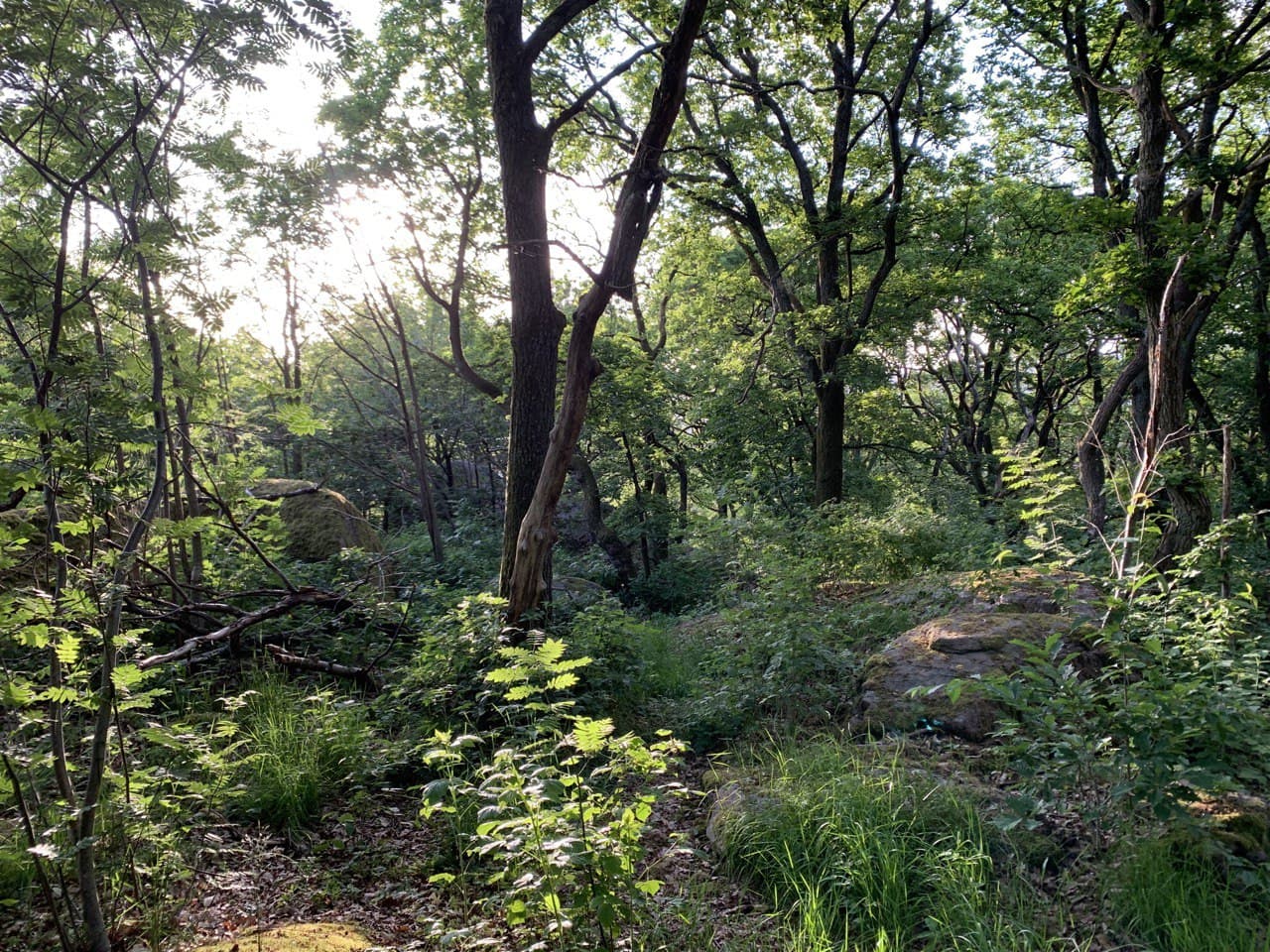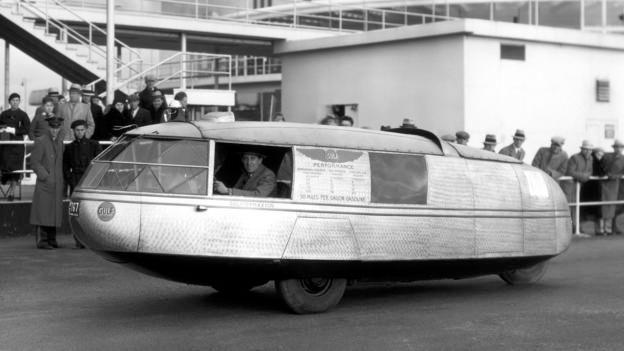Tenday Notes 11 Jun - 20 Jun 2021

Every ten days I share a quick digest of what I've been working on. Here's the latest. More in the series here. Want them in your inbox? Sign up.
For Clean Air Day on 17 June, Possible has released the Parklet Designer that I created for them. A parklet is a reclaimed parking space that's been turned into a park, and my Parklet Designer lets you design your own by placing common ingredients, like bike racks, plants, picnic benches, birdbaths, and more.
If you're looking for something fun to do with your kids on a rainy bank holiday, why not challenge them to design the parklet of their dreams?

This was an fun one to work on. The original idea came from some of our campaigners, who originally wanted to build an interactive website. That sounded tricky, and the kind of thing people would just scroll past, so instead I convinced the team that instead we should make something physical - something that people could do offline, with their kids, with their communities, and keep after they've finished.
We assembled a list of common parklet ingredients, and I went off to find out what size all those things would be in the real world - using the wonderful dimensions.com. I converted those sizes down to fit on a sheet of A4 paper, wrote some intro text in collaboration with our campaigners, and then our amazing creative lead Matt Bonner turned the ingredients into beautiful illustrations.
Coming soon: an interactive map that lets you figure out the best place in your neighbourhood to locate that parklet...
Now that Loud Numbers is out, I've been taking stock and figuring out "what's next". First is handing over the puppy we've been looking after, Luna, to her real owners - my partner's parents (who are currently staying with us - our first visitors in 18 months!).

Second will be the soft beta-launch of the dataviz membership programme I've been working on with some friends. Third will be moving down to Helsingborg in Skåne. That takes me up to mid-August.
I'm also working on a bit more for the Minecraft website, and helping out Conservation International with a chunky edit of a report. And my usual Possible work. Hopefully I'll find some more time for side projects in all of that, but I'm trying to hold back and not to get too ambitious on that front, so that there's room for more reading and some input as well as output.
Autumn goals include getting back into D3 - a coding language for data visualization. I learnt it a few years back, but I'm very rusty and I'd like to be able to use it more fluently, as well as trying to integrate it with Tone.js for sonification work in the browser.
The nice folks at Observable have a bunch of handy remote working tools that they've shared. There's a team-order-shuffler, so you don't always have to go around alphabetically in your standups, an agenda tracker to make sure you don't run out of time to discuss the last few points, and even a "Happy Birthday" singing synchronizer - which I'm sure we can all agree is vital in the modern Zoom-based workplace.
I'm always fascinated by how technology shapes culture, so I loved this story about how netbooks - a late-00s mini-laptop fad that faded away in Europe more than a decade ago - gave a generation of young Argentinian musicians the tools they needed to express themselves. Here's a snippet:
Huge tools came in small packages: measuring in at 10 inches, with a 1.66 Ghz processor, a 300K pixel camera, one to two-GB of RAM, the netbook didn’t pack much of a technological punch. But, for most kids, it meant they didn’t have to ask for permission to use a computer for the first time.
The full story is well worth your time.

I designed the artwork for Spaceballs, the new single by Gothenburg synthpop/chiptuners .blip.
It's a generative, plotter-inspired piece (in fact my plotter stars in the music video), with a series of circular shapes positioned on top of a flow field. I was taking the title rather literally, it seems. It was fun to make a frame, though, with a brief and a deadline and a central piece of art for inspiration when figuring out what direction to go in.
Quick reminder that I keep a Spotify playlist updated each week with the tracks that are currently on the official BBC 6Music playlist. It's a great way to find new music, and serves the human side of my finely-honed discovery of new music system. You can subscribe here.

A few years ago I played and loved Subnautica - a game about exploring a vast ocean on an alien planet. It's scary, but not in a "jump scare" kind of way. More in a "diving too deep and slowly realising you're not going to get back to the surface before out of oxygen" kind of way. It's great.
Anyway, a sequel has just been released - Subnautica: Below Zero, which I've been playing through and just finished. The tone is different to the original, it's gentler and (dare I say it) easier. A good chunk of it is set on land, rather than in the ocean. It's no less joyful to play, though, and the ending is arguably more interesting.
If you like games oriented around exploring, gathering resources, and base-building, or just swimming around oceans, then you'll like it a lot and should give it a try.

About a month ago, I excitedly took delivery of a synth module DIY kit. A Transient 7J to be exact, which has a joystick that you can use to control other modules. You might set one axis to control the pitch of an oscillator, while the other axis controls a filter, for example.

I unpacked the kit right away and started soldering it together, staying up late to get it finished. Unfortunately, when I was finally done and plugged it in, it didn't work as expected. In fact it barely worked at all. I was pretty frustated, put it away, and went to bed. Over the next few days I exchanged a few emails with Transient's tech support, but they weren't able to pinpoint the issue remotely.
I built another couple kits in the interim. A Transient 1F, which worked great immediately, and a Befaco STMix, which didn't work properly either. After the latter I began seriously doubting my skills. Earlier this week, at a low ebb, I wondered if I should just start buying completed modules instead and give up on the DIY route.
Yesterday, though, I picked up the STMix again and resoldered a bunch of the components. Befaco puts its schematics online, so I was able to trace the signal path and narrow down where the problem might be. I replaced a couple of the potentiometers, which was tricky, but after a couple of hours of fiddly work I was rewarded with a 100% functional STMix. Yay!
Then today, embolded by my success, I picked up my 7J again. I went through the circuit board and reflowed every single joint on the module - heating up the solder until it liquified and then letting it cool again (a surprisingly satisfying process, actually). In a couple of places, I sucked out the solder entirely and replaced it. I plugged the module in again - and YES! It worked! I was so excited I put a video on Twitter showing it working (despite the video also showing a total lack of musical timing on my behalf. What can I say? I was excited).
While my soldering skills are basic at best, the joy of building DIY things yourself is that you can generally keep trying until they do work. This applies to coding too. The journey might be frustrating at times, but it's fun at other times and the destination, when you get there, is a lot more rewarding. Plus, if any of these kits break down in the future, then I'll have a head start on fixing them. Chalk one up for persistence!
Finally, I'll leave you with How to think like a utopian, a short interview with "Humankind" author Rutger Bregman. His advice, summarised:
- Read more history and less news.
- Let your interests be expansive.
- Be hopeful in a way that lets you move toward action.
- Take a humble, tinkering approach.
- Believe that humans are fundamentally decent.
See you next time!






